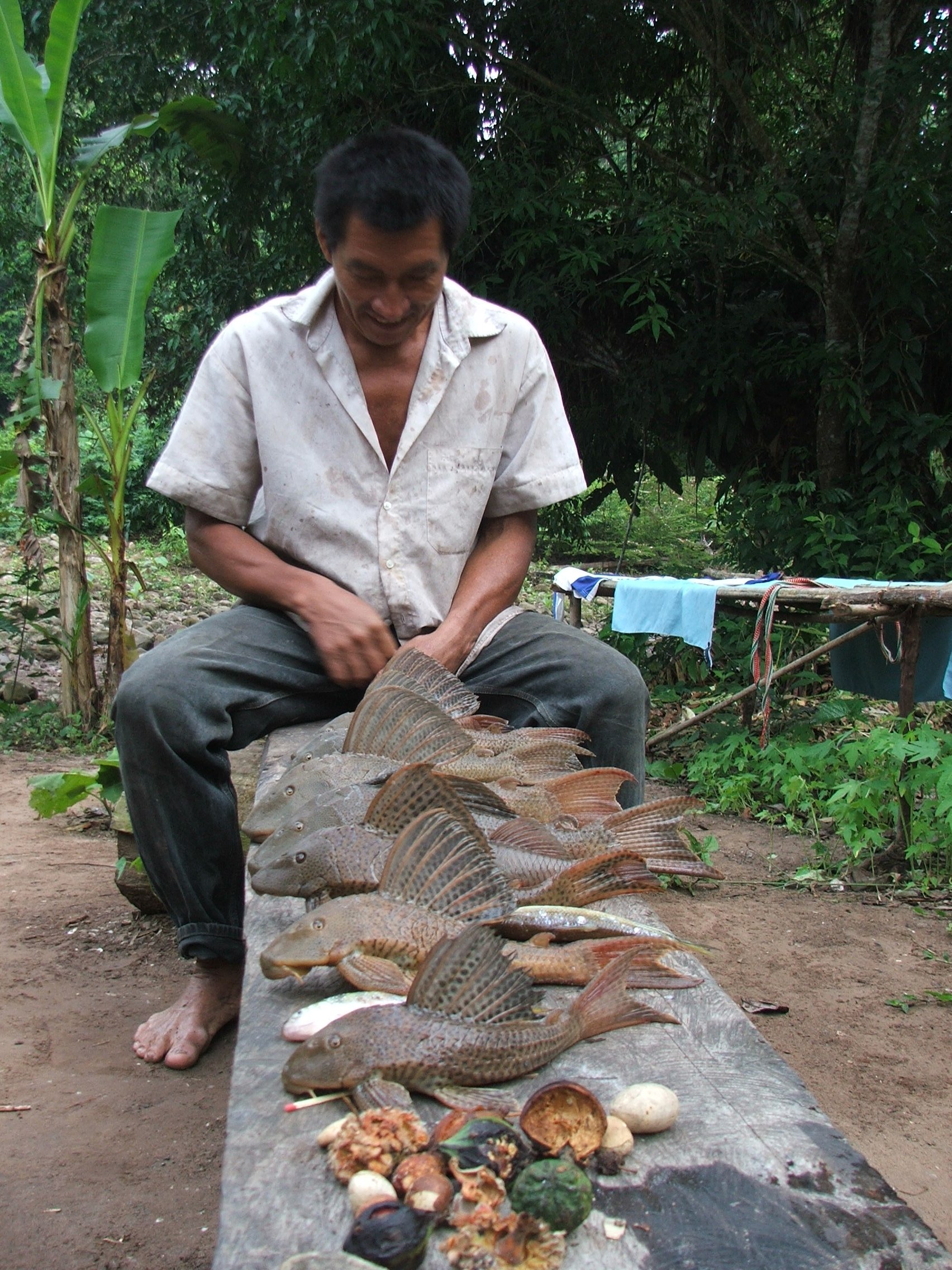


Managing a protected area of over 1.35 million hectares with a high level of human activity in its buffer zone (2.3 million hectares), required the generation of innovative management tools, focused on social participation. CIMA implements an Intervention Model known as FOCAL, which is currently being incorporated into other protected areas in the country. FOCAL includes tools such as:
- Strengths and Uses Mapping (MUF): It gathers socio-economic information from the communities and population centers, their needs and perceptions about the area and the use of natural resources, to identify local organizations with which alliances need to be created to implement preservation actions.
- Participatory Communal Zoning (ZPC): It guides the development process of ecological-economic zoning at a community level to achieve consensus among the population regarding the sustainable use of the territory and its natural resources.
- Coexistence rules: They enable to reach agreements at the level of the populated center or community, define codes of behavior and provide stability to the planning process and the Quality of Life Plans that are created as a result.
- Innovative management tools focused on social participation.
- Empowerment of local communities.
- Technical assistance and accompaniment for the development of productive processes.
- Local agreements to support the area management.
- Fostering improvements in the quality of life of the local populations.
The quality of life plans created by the communities have a 10-year lifespan and are based on communities defining their own concept of quality of life, within the framework of the coexistence rules. The technical support provided by CIMA is key in the planning and implementation of these plans, as well as the financial resources provided by Althelia. Their implementation has enabled institutional strengthening of community organizations and local capacities to implement productive initiatives and perform communal negotiations with the authorities. Additionally, and with the goal of consolidating the quality of life plans, CIMA signs what are known as Blue Agreements or Conservation Agreements with the communities and populated centers, as proof of sustained commitment. As a result, both actors commit to concrete responsibilities through time, and the Head of PNCAZ and local authorities of each populated center take an oversight role to ensure the fulfillment of those commitments.